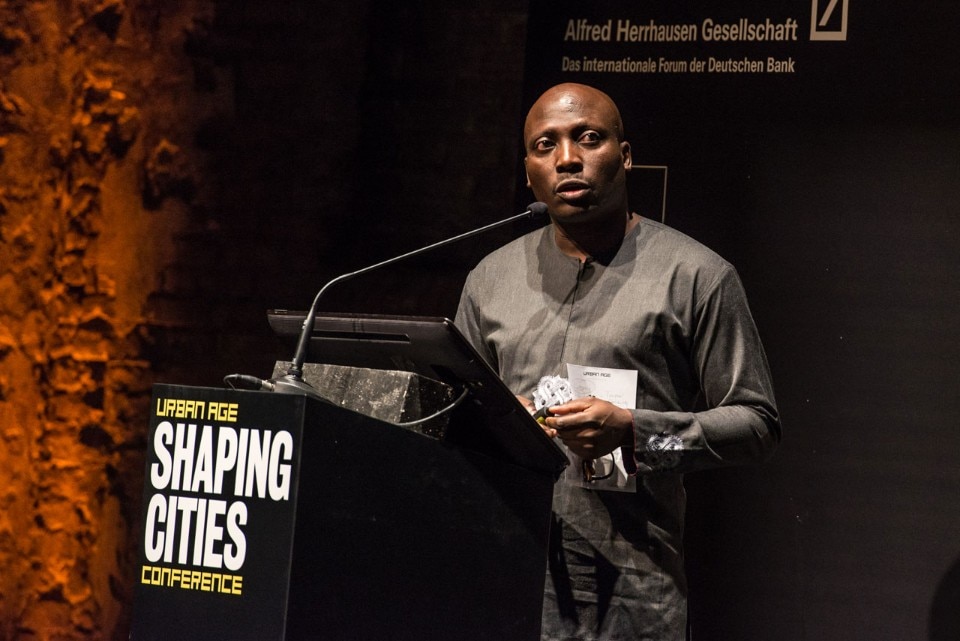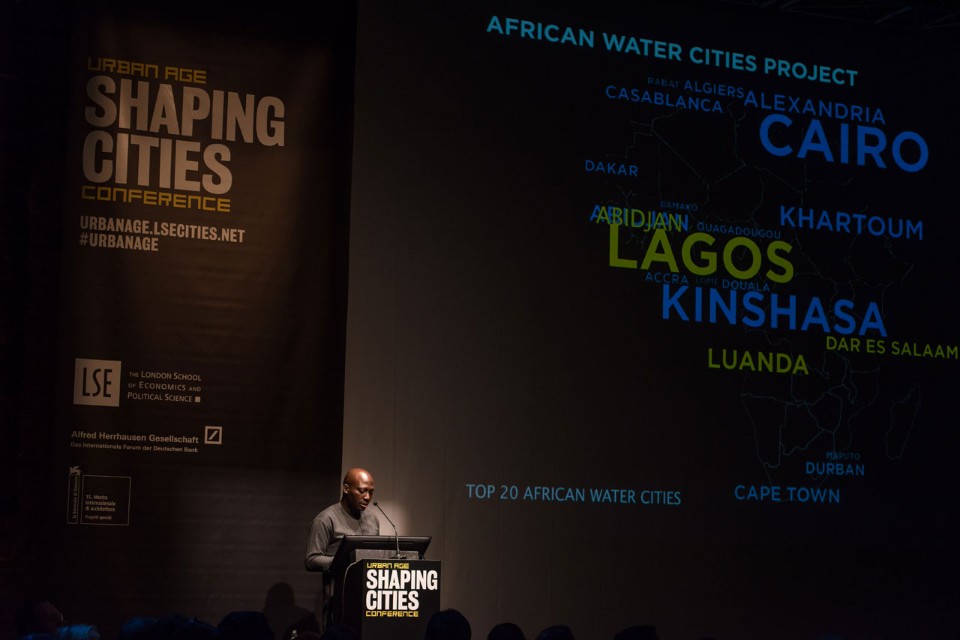
Philippa Nicole Barr: Do the poor have a right to be beautiful?
Kunlé Adeyemi: It may not be their most urgent need, but it is also something that adds incredible value to their life. It’s about the fact that if you think about how to add value into an environment that is disempowered, it brings an identity and increases their self-appreciation. I think these are equally as important as power, water, electricity not purely from an aesthetic point of view but from an emotional point of view.
Philippa Nicole Barr: Why are other requirements are seen as more important than beauty in the design of projects for the poor?
Kunlé Adeyemi: I think it s because these are not the key criteria. Beauty and aesthetic appreciation are not as important as solving the problems of basic necessity. To me, beauty is really about value and identity. But if there is something, an object or visual impression or an image that adds value or gives value to a community then I think it’s a shame that people who try to create these projects do not consider that as equally as thinking about just solving those fundamental needs. I will cite the example of Makoko [Floating School]. One of the main challenges they are dealing with is the government simply says that the community is an eyesore.
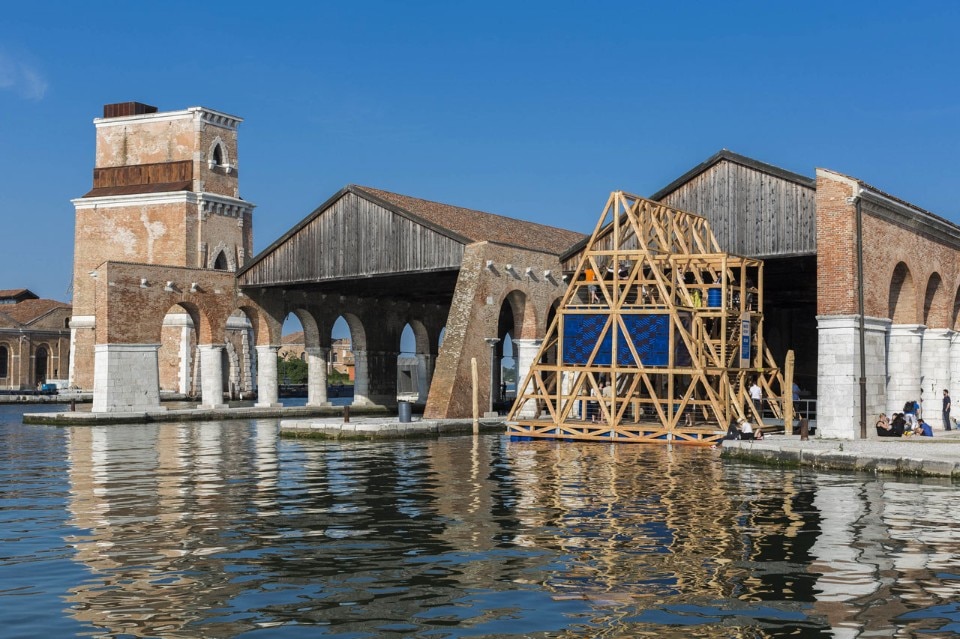
Philippa Nicole Barr: Really?
Kunlé Adeyemi: Yes, the government says that it is a place that is not beautiful and our city is growing and it needs to be beautiful. If some of their main issues are the appreciation of their identity by the state, and the community needs to remain nice to promote itself, the individual should also take that seriously.
Philippa Nicole Barr: With the Makoko School you mentioned that beauty was not an operational intention of your project but I wanted to ask if you had a visual idea of what you wanted when you started out or if you just responded to the consultation you did.
Kunlé Adeyemi: We didn’t start out aiming to do something beautiful. I think it was very clear that we had to do something that had impact, impact to catalyse this change, to stimulate and generate interest, and to be something that is both part of the environment and at the same time something that is very different from it, something that stands out. I have a collection of what people might consider really ugly dolls.
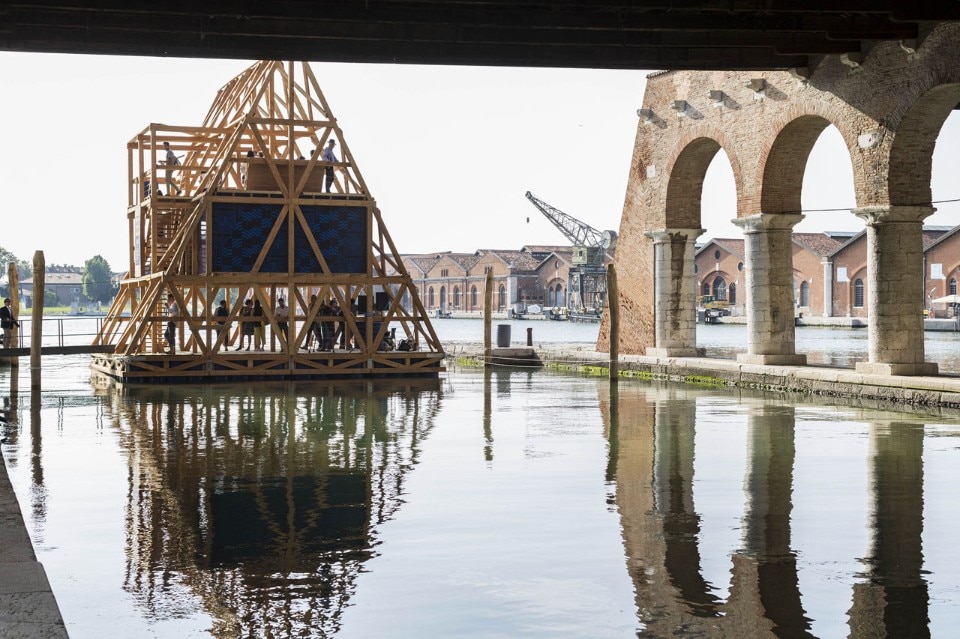
Philippa Nicole Barr: That’s an unusual hobby
Kunlé Adeyemi: Yeah it’s a little hobby. I collect them from all over the world, like little trolls and things. Because it’s fascinating to understand what a culture may consider really ugly because it really embodies some of their fears…
Philippa Nicole Barr: Their threats?
Kunlé Adeyemi: Their threats – and things and they turn it into this miniature and it is very interesting to see. But looking at my collection I actually realize that these objects actually are beautiful. They turn out to be a collection of things which even if they portray something really ugly they actually are beautiful because it’s honest, it’s authentic. And I think that for me is what beauty is regardless of how visually disturbing it might seem.
Philippa Nicole Barr: Do you think the communities you work with would have their own idea of what beauty and ugliness is?
Kunlé Adeyemi: I am sure they do and I don’t go there imposing what it is. I go there to first of all understand. I spent a year and a half, researching, learning what they do, how they use materials, why they do what they do, because they operate with very minimal means, with scarce resources, even their own perception of beauty and perfection is completely altered from what we think. And so it’s a negotiation with us and with them to understand where to find that balance, where does efficiency match improvement in form. And you have to learn from the people you engage with what their own value systems are, what they consider beauty and ultimately their identity.
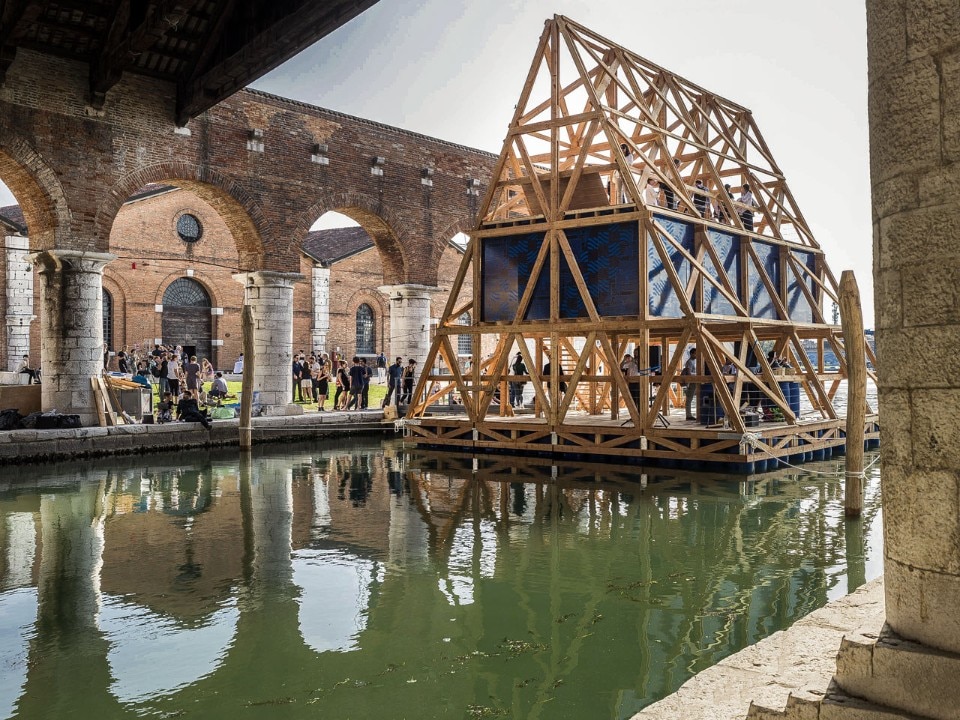
Philippa Nicole Barr: Is it a challenge to communicate the value of an ephemeral project?
Kunlé Adeyemi: The project was a temporary catalyst. It didn’t have to be temporary; it could have been more permanent, subject to how it is dealt with and maintained. With maintenance it could have been extended. The ephemerality about it was the purpose it was established for and to what extent it had achieved that purpose.
Philippa Nicole Barr: were you a little bit disappointed that it wasn’t maintained for longer?
Kunlé Adeyemi: We were disappointed. But you have to understand at the time when this structure was being built it was a time when this community was just being demolished and it was an intervention to disrupt a very invasive process in their lives. It was something that was there to stop and to show the government that these people could also live differently, and that people who live on water can actually live well. It is not perfect but it is something we can develop from their way of living and it is something that can be improved.
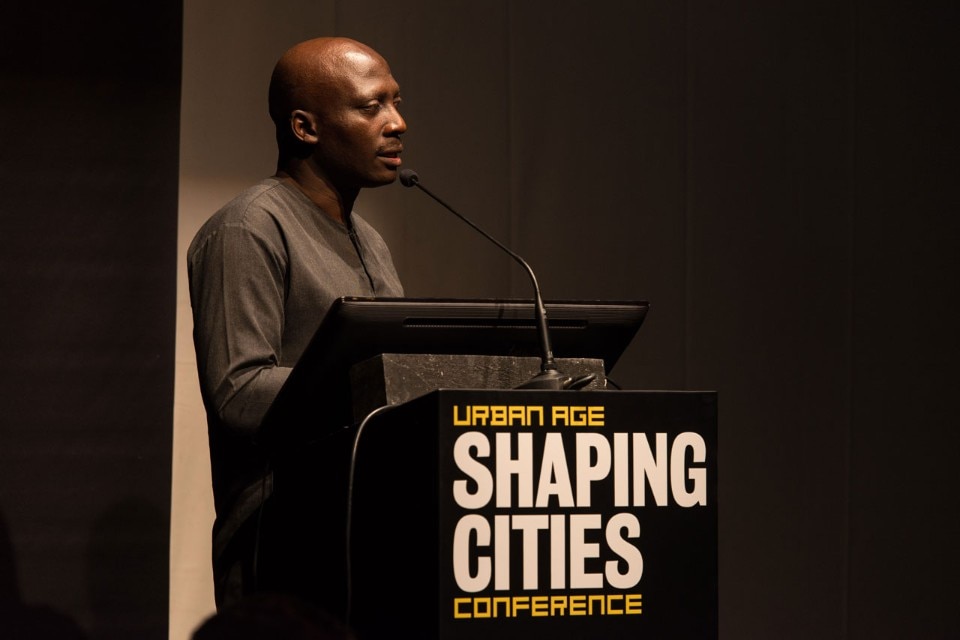
Philippa Nicole Barr: It was a response to a political moment?
Kunlé Adeyemi: Yes, and that was the real key thing. It was really about the capacity to disrupt this system that was annihilating, in a time where the state was saying as far as we are concerned, people who live on water are illegal. It is still a success in terms of continuing that discourse. The evidence we have here (at the Venice Biennale) is a second iteration already it, we have advanced it, we have industrialised it, this was produced in 10 days, assembled very quickly so we can address these issues of urbanisation, and this will also be improved further and that’s how innovation works. If you fall you pick yourself up and keep going.
Philippa Nicole Barr: Can you imagine people in the west asking for some of similar temporary floating structures?
Kunlé Adeyemi: The ideology of what we are doing we are hoping is replicable, not necessarily in form, but as a way of thinking, a way of organizing resources, of thinking about how to tackle social, economic, and political issues to address the challenges and the opportunities of the built environment. I need to understand what those problems are if I am invited in Amsterdam to deal with an issue. So I need to understand those and they are very peculiar and very specific to that context. Our office is invested in working in very poor communities and also wealthy communities – increasing the values at the lower end and reducing waste at the high end to find that middle ground, to bridge that gap.


